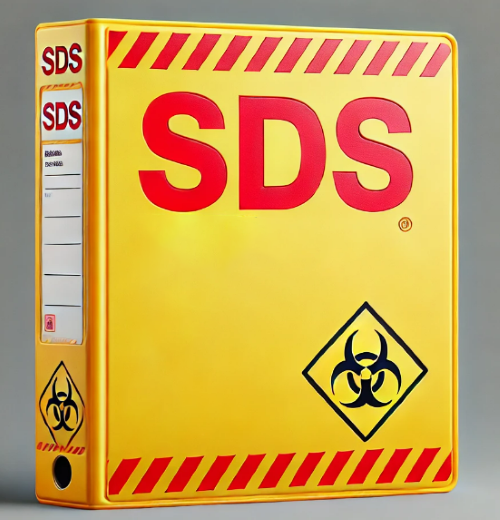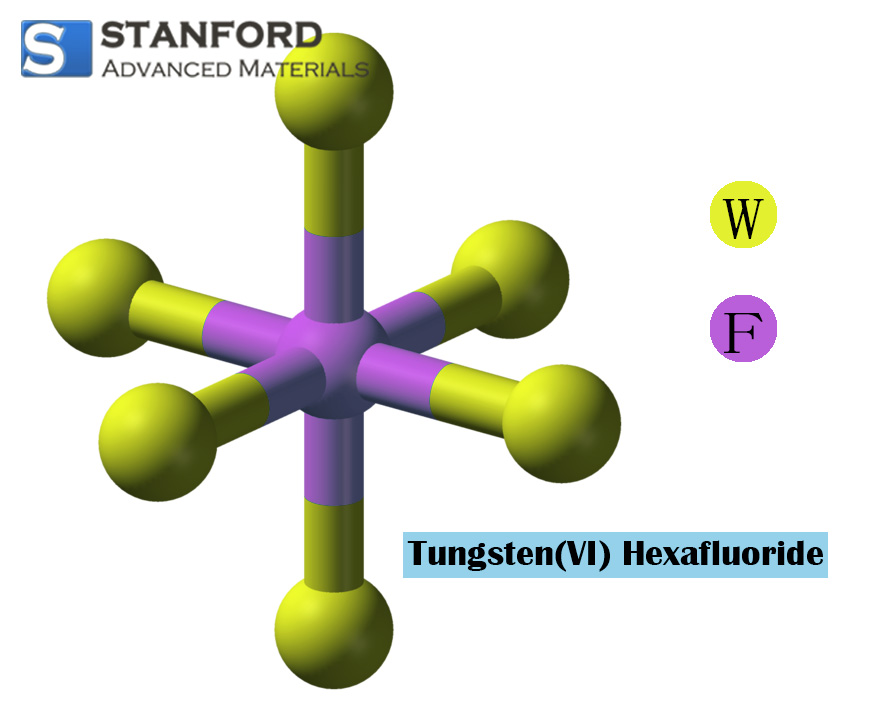SDS of Molybdenum Sulfide
1: Product identifiers
Product name: Molybdenum sulfide
CAS-No. : 1317-33-5
Relevant identified uses of the substance or mixture and uses advised against
Identified uses: Laboratory chemicals, Manufacture of substances
Details of the supplier of the safety data sheet
Manufacturer/Supplier:
Stanford Advanced Materials
23661 Birtcher Dr.
Lake Forest, CA 92630
Tel: (949) 407-8904
Fax: (949) 812-6690
E-mail: sales@SAMaterials.com
2: Hazards identification
2.1 Classification of the substance or mixture
Not a hazardous substance or mixture according to Regulation (EC) No. 1272/2008.
2.2 Label elements
Not a hazardous substance or mixture according to Regulation (EC) No. 1272/2008.
2.3 Other hazards
This substance/mixture contains no components considered to be either persistent, bioaccumulative and toxic (PBT), or very persistent and very bioaccumulative (vPvB) at levels of 0.1% or higher.
3: Composition/information on ingredients
Formula: MoS<SB>2</>
Molecular weight: 160.07 g/mol
CAS-No. : 1317-33-5
EC-No. : 215-263-9
4: First aid measures
4.1 Description of first aid measures
If inhaled
If breathed in, move person into fresh air. If not breathing, give artificial respiration.
In case of skin contact
Wash off with soap and plenty of water.
In case of eye contact
Flush eyes with water as a precaution.
If swallowed
Never give anything by mouth to an unconscious person. Rinse mouth with water.
4.2 Most important symptoms and effects, both acute and delayed
The most important known symptoms and effects are described in the labelling.
4.3 Indication of any immediate medical attention and special treatment needed
No data available
5: Firefighting measures
5.1 Extinguishing media
Suitable extinguishing media
Use water spray, alcohol-resistant foam, dry chemical or carbon dioxide.
5.2 Special hazards arising from the substance or mixture
Sulphur oxides, Molybdenum oxides
5.3 Advice for firefighters
Wear self-contained breathing apparatus for firefighting if necessary.
5.4 Further information
No data available
6: Accidental release measures
6.1 Personal precautions, protective equipment and emergency procedures
Avoid dust formation. Avoid breathing vapours, mist or gas.
6.2 Environmental precautions
No special environmental precautions required.
6.3 Methods and materials for containment and cleaning up
Sweep up and shovel. Keep in suitable, closed containers for disposal.
7: Handling and storage
7.1 Precautions for safe handling
Provide appropriate exhaust ventilation at places where dust is formed.
7.2 Conditions for safe storage, including any incompatibilities
Store in cool place. Keep container tightly closed in a dry and well-ventilated place.
Storage class (TRGS 510): Non Combustible Solids
8: Exposure controls/personal protection
8.1 Control parameters
8.2 Exposure controls
Appropriate engineering controls
General industrial hygiene practice.
Personal protective equipment
Eye/face protection
Use equipment for eye protection tested and approved under appropriate government standards such as NIOSH (US) or EN 166(EU).
Skin protection
Handle with gloves.
Wash and dry hands.
Body Protection
Choose body protection in relation to its type, to the concentration and amount of dangerous
substances, and to the specific work-place. The type of protective equipment must be selected according to the concentration and amount of the dangerous substance at the specific workplace.
Respiratory protection
Respiratory protection is not required. Where protection from nuisance le (EN 143) dust masks.
Use respirators and components tested and approved under appropriate government standards such as NIOSH (US) or CEN (EU).
Control of environmental exposure
No special environmental precautions required.
9: Physical and chemical properties
a) Appearance Form: powder
Colour: grey
b) Melting point/freezing point:2,375 °C
c) Relative density 5.060 g/cm3
10: Stability and reactivity
10.1 Reactivity
No data available
10.2 Chemical stability
Stable under recommended storage conditions.
10.3 Possibility of hazardous reactions
No data available
10.4 Conditions to avoid
No data available
10.5 Incompatible materials
Hydrogen peroxide, Strong oxidizing agents
10.6 Hazardous decomposition products
Hazardous decomposition products formed under fire conditions. - Sulphur oxides, Molybdenum oxides
Other decomposition products - No data available
11: Toxicological information
11.1 Information on toxicological effects
Acute toxicity
No data available Molybdenum(V) sulfide
LC50 Inhalation - Rat - 4 h - > 2,820 mg/m3(Molybdenum(V) sulfide)
Remarks: Lungs, Thorax, or Respiration: Other changes.
Carcinogenicity
IARC: No component of this product present at levels greater than or equal to 0.1% is identified as probable, possible or confirmed human carcinogen by IARC.
12: Ecological information
12.1 Toxicity
No data available
12.2 Persistence and degradability
No data available
12.3 Bioaccumulative potential
No data available
12.4 Mobility in soil
No data available (Molybdenum(V) sulfide)
12.5 Results of PBT and vPvB assessment
This substance/mixture contains no components considered to be either persistent, bioaccumulative and toxic (PBT), or very persistent and very bioaccumulative (vPvB) at levels of 0.1% or higher.
13: Disposal considerations
Product
Offer surplus and non-recyclable solutions to a licensed disposal company.
Contaminated packaging
Dispose of as unused product.
14: End of Data Sheet
This material safety data sheet is offered solely for your information, consideration, and investigation. Stanford Advanced Materials provides no warranties, either express or implied, and assumes no responsibility for the accuracy or completeness of the data contained herein.



